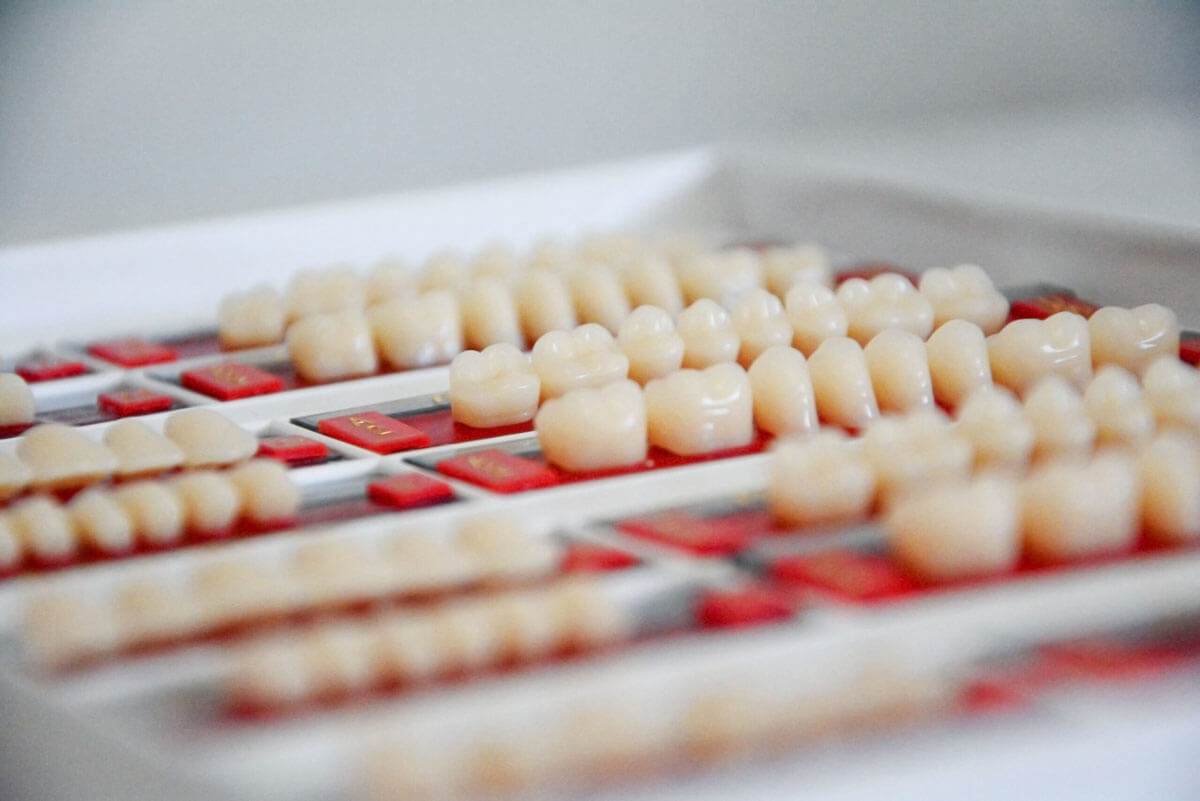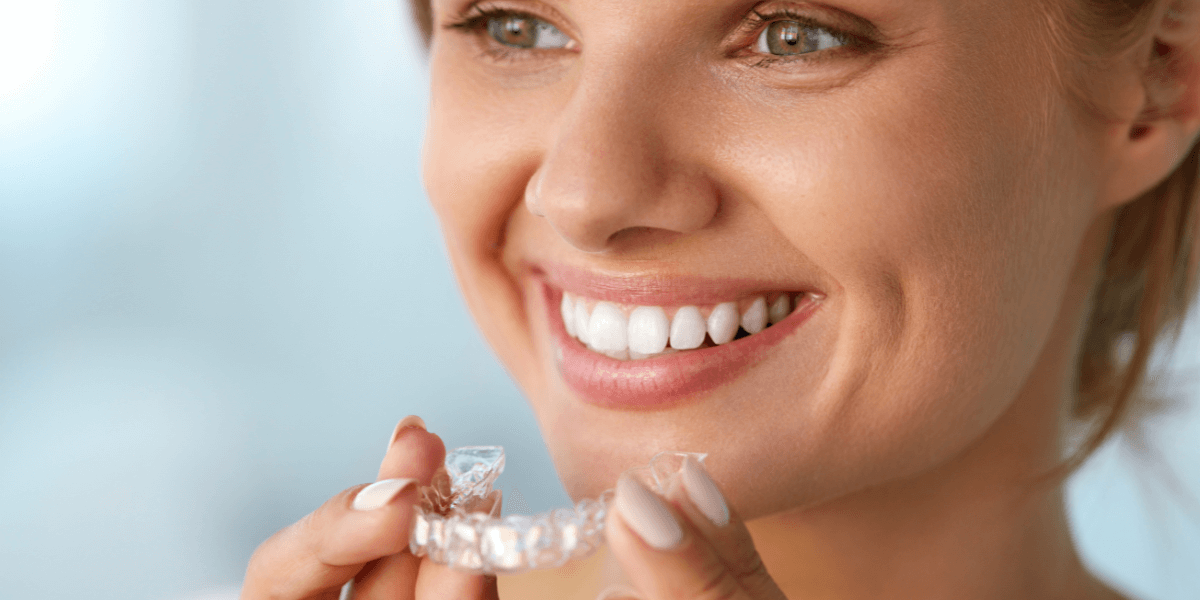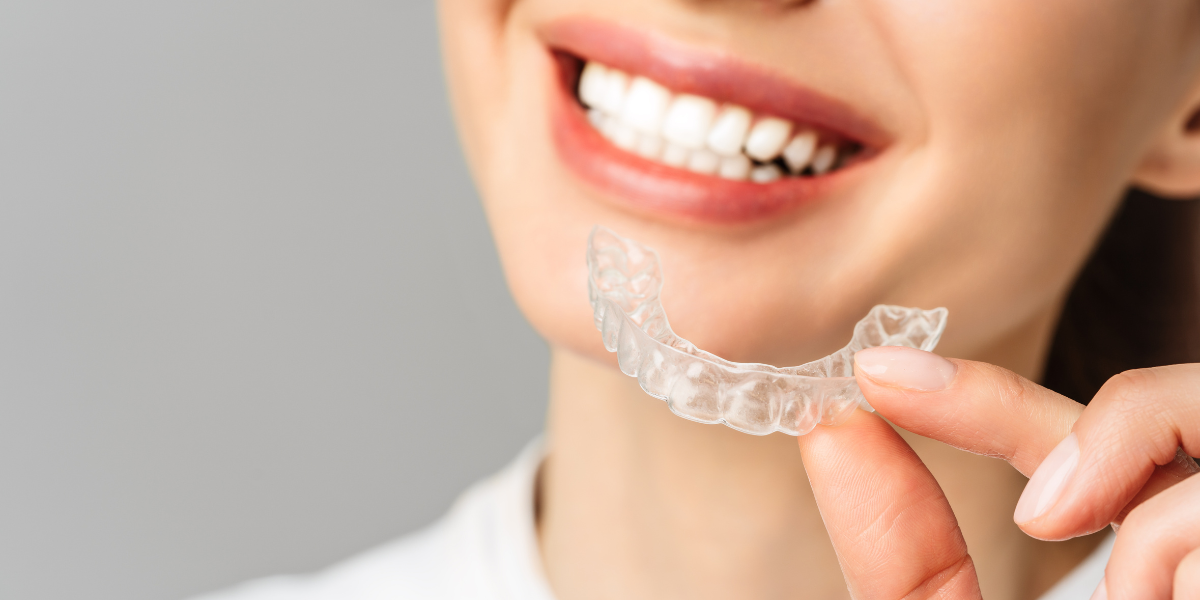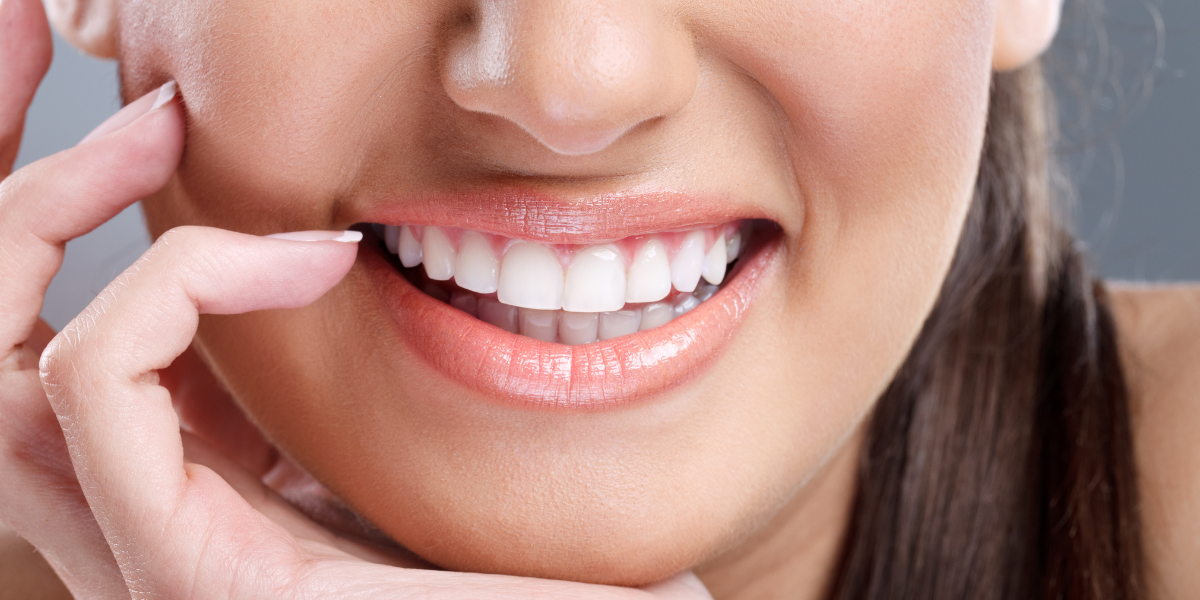
Who’s considered a candidate for teeth whitening?
Almost anyone who uses a tooth whitening agent will benefit at some level. Tooth whitening is the least aggressive procedure to a better, more esthetically pleasing smile. Whitening lightens the shade of the tooth and improves the overall appearance without the use of restorative materials. Almost anyone can use whitening but understand that the number of treatments will vary with each unique case.
Those that will benefit most from tooth whitening include; tea and coffee drinkers, tobacco users, and those with stains acquired by dietary habits. These stains appear more yellow, sometimes yellow/brown. These stains occur on the outermost surface of the tooth and are easiest to lighten and remove. However, heavy smokers, frequent coffee, and tea drinkers are less likely to achieve good results unless they are willing to discontinue the habit while enduring the whitening process. If discontinuing use of these substances is not something you can commit to the desensitizing gel can be used post whitening to act as a temporary sealant blocking the pores of the tooth. However, there is still a slight risk of the substances seeping in and restaining the tooth.
Those with intrinsic stains will require more applications than the average person. Intrinsic stains are those stains that rest below the surface of the enamel. Intrinsic stains appear grayish or grey-brown and require more applications because that the gel must pass through the pores of the enamel and into the dentin. Gray is the most difficult color to remove from tooth tissue. Satisfactory results from whitening are not unreachable, but it will require more dedication and patience.
Who’s NOT considered a candidate for teeth whitening?
Whitening is not recommended for people who experience chronic sensitivity, periodontal disease, oral cancer, or excessively worn and damaged enamel. Teeth that appear translucent may worsen with each whitening application and should be discontinued upon notice.
It is recommended that cavities be treated, and gums are healthy before any whitening procedure is considered.
Dental restorations neither stain or whiten
Dental restorations are made to match the color of your teeth at the present time of the dental work. As a result if you did not have your teeth whitened to their natural color prior to the dental work it will be darker than the natural teeth post-whitening. There is no solution for shade change of dental crowns, veneers and fillings other than replacement of the restoration. Natural teeth have pores and irregularities that can harbor even the smallest amounts of debris and bacteria. Unlike enamel, dental restorations such as fillings, veneers, and crowns have been glazed or polished and rounded to create a glassy smooth surface incapable of collecting stains. To learn more about the effects of whitening on dental work click here.
Tooth bleaching is the most conservative and cost effective treatment to improve or enhance a smile. However, bleaching is not permanent or risk-free. It is always a good idea to schedule a consultation with your dentist to discuss any further concerns.








